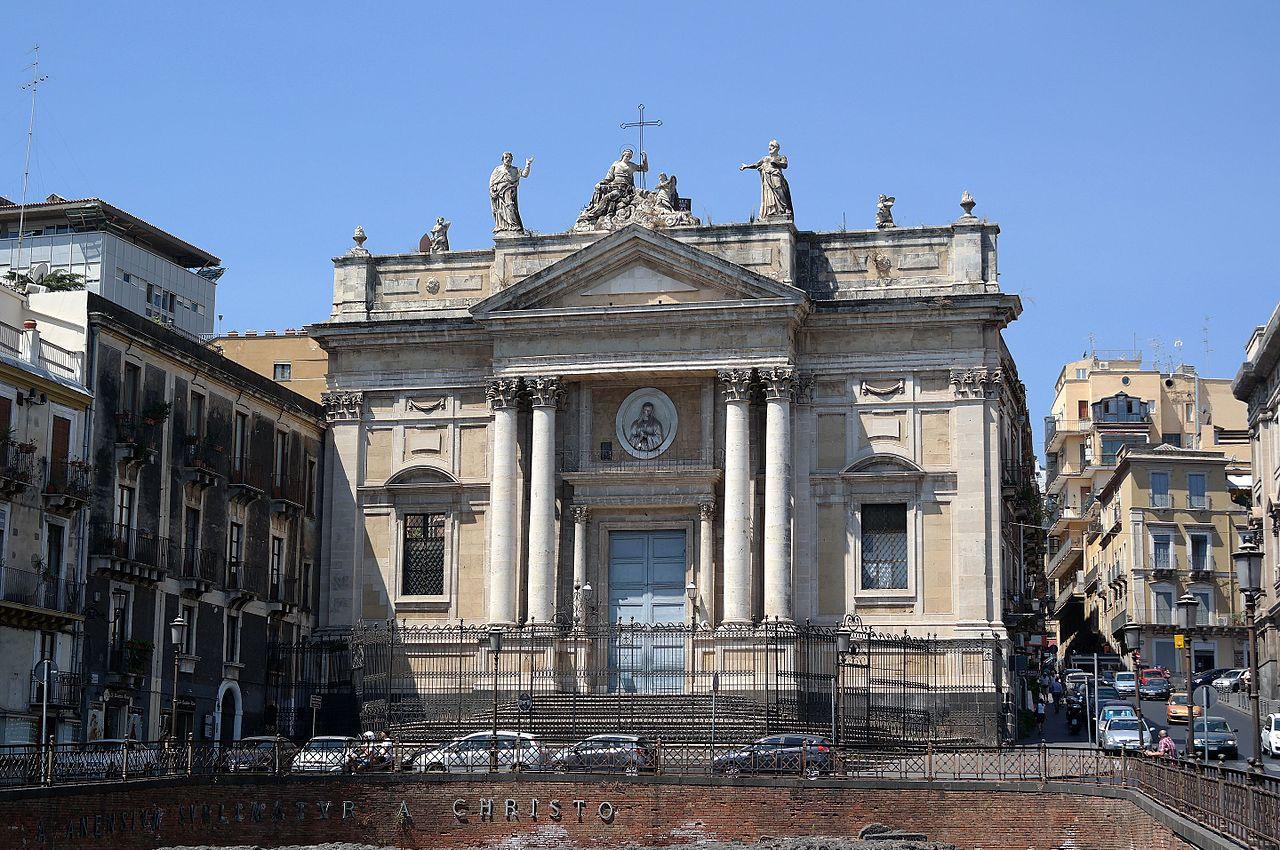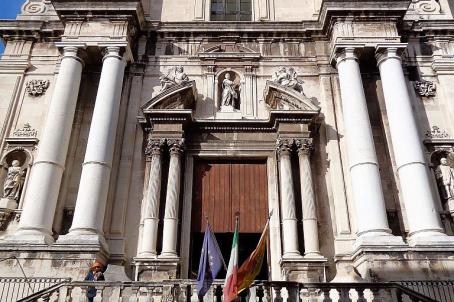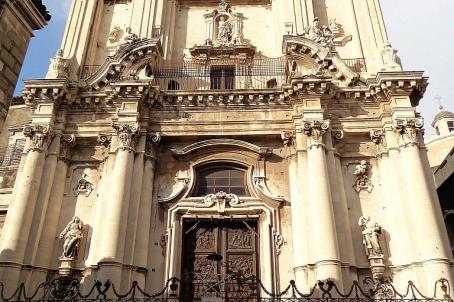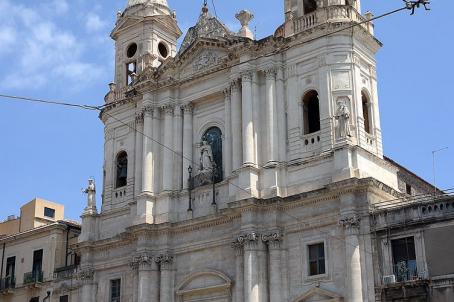Church of San Biagio

The Church of San Biagio, also known as the Church of Sant'Agata alla Fornace, was built in the 18th century after the terrible earthquake of 1693. The church stands on the spot where, according to tradition, was the furnace in which Sant'Agata, the patron saint of the town, suffered martyrdom.





